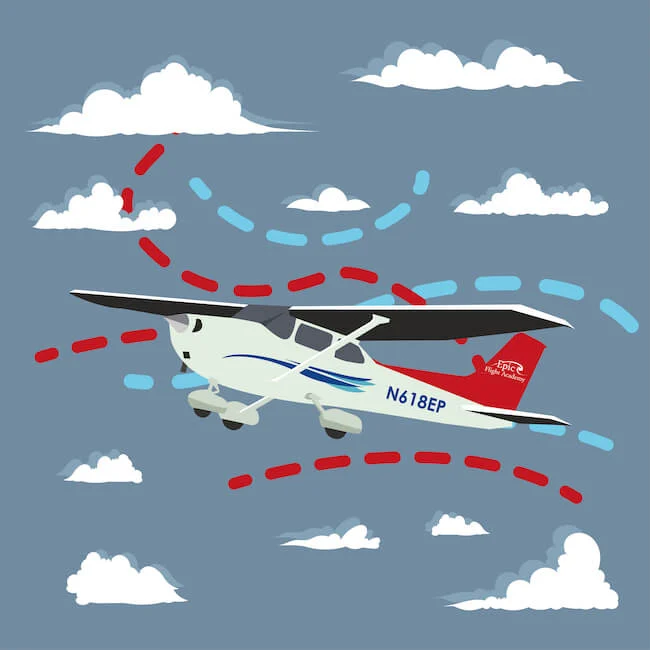
Turbulence is the shaking of airplanes that occurs for different reasons, the major being disrupted air, which makes the aircraft unbalanced. More specifically, turbulence occurs due to the friction around the jet stream between slower and faster air, causing the plane to “shake.” Thunderstorms also cause turbulence as they make the air behave differently than normal. Additionally, other planes are a cause of turbulence; similar to how a boat leaves a wave on the water, airplanes create air turbulence when they travel at high speed.
Top 5 flights where turbulence occur :
- London to New York The flight from London to New York may not be close to the equator or have mountainous terrain, but due to bad jet streams, the flight experiences a lot of turbulence. Airlines often try to mitigate this by flying south, even if it takes more time.
- Seoul to Dallas The route from Seoul to Dallas experiences high turbulence. Japan, known for its extreme climate and frequent wind storms, contributes to this turbulence. Additionally, the terrain in this region is not ideal for smooth flights.
- Lukla to Mount Everest The trip from Lukla to Mount Everest is one of the most turbulence-enduring flights in the world. At an altitude of over 2,845 meters, there is a high speed of air flow. Despite being one of the most dangerous flights, many people travel this route to visit the famous Mount Everest.
- Flying into Nevada Even though most flights in Nevada are small, the area experiences permanent jet streams that cause significant turbulence so it is significantly more difficult to ascend or descend to this airport, this occurrence is especially observed around Reno.
- London to South Africa The flight from London to South Africa encounters turbulence due to several factors: bad jet streams, rough terrain, huge mountains, the Alps, and London’s bad weather. Additionally, crossing the equator disrupts jet streams, causing further turbulence. These flights experience the most turbulence due to bad jet streams or challenging terrain . Turbulence is observed in almost every flight but the amount of turbulence greatly affect safety. However, it is important to note that turbulence itself does not make the flight dangerous , a flight is made dangerous by the airport, weather conditions etc.
The following routes are known for having the most turbulence:

Why does turbulence occur?
Turbulence varies for different aviation routes. For instance, areas with large bodies of water, vast flat land, or locations far from the equator experience less turbulence as there is the mixture of northern hemisphere air and southern hemisphere air, especially during early morning or late night flights as proved statistically it is safer during late night and early morning.
In contrast, flights near the equator with bad jet stream and mountainous or rough terrain experience more turbulence.

Turbulence is a common occurrence during flights. Some ways to minimize its effects and ways to deal with it are as follows:
1. Choosing the right seat over the wings or sitting closer to the front of the plane as it experiences the least amount of movement during turbulence
2. Following instructions of crew or flight attendants and fastening your seatbelt whenever you are seated.
3. Reminding yourself that the plane is designed to withstand turbulence, and focus on relaxing and staying calm.
4. Engaging in activities like reading, watching a movie, or listening to music to take your mind off the turbulence and flight anxiety.
Turbulence is a normal part of flying, and pilots are trained to navigate through it safely. By following these tips and staying informed, you can better cope with turbulence and have a more comfortable flying experience.
